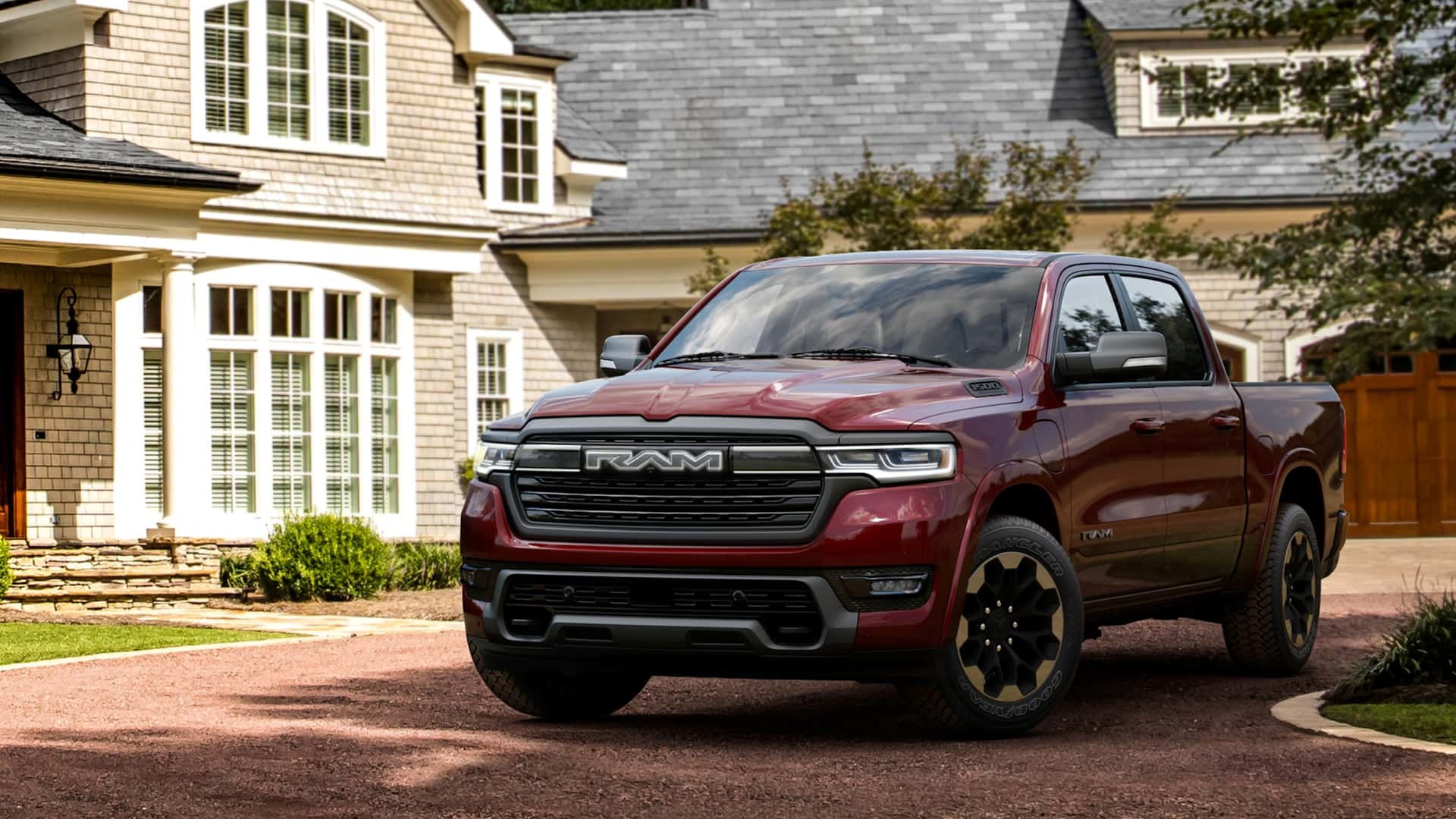Ray-IN
Well-known member

The 2025 Ram 1500 Ramcharger Has 141 Miles Of EV Range And A 27-Gallon Gas Tank
Here’s why Stellantis engineers made the unconventional Ramcharger a series hybrid.

I wonder if that will require a smog check in a smog check area such as here in Reno.The built is gasoline generator might be a game-changer.
The 2025 Ram 1500 Ramcharger Has 141 Miles Of EV Range And A 27-Gallon Gas Tank
Here’s why Stellantis engineers made the unconventional Ramcharger a series hybrid.insideevs.com
Yes, I read the entire thing and that was why I wondered if it would require a smog checks. I assume so, since it uses a "3.6-liter Pentastar V6 engine " to run the genny to keep the EV battery charged.The genset is not connected to the drivetrain, it's sole function is to re-charge the battery.
I kinda like the idea also. You only need to run the gas engine as needed. But what would make the difference to me is if it can also be plugged in at home to charge and not need to run the gas engine except for when really needed. I would also want to be able to have the option to fast charge on the road, without using the genny at all. CCS or NACS would be fine as they should both be able to accept AC as well as DC to charge with.I like the concept. For me, it would be a good daily driver, but still get a lot of miles while towing my TT a few times a year.
Sure it is, it's power winds up there via the electrical coupling of the engine power to the drive wheels, the same way a diesel electric locomotive's prime mover is connected to the locomotive wheels.The genset is not connected to the drivetrain, it's sole function is to re-charge the battery.
That translates to the 27G gas tank gets the truck 600 miles down the road = 22.2 MPG, and the power is awesome.
If it can also be charged at home without using the genny, that makes it full time EV. The genny is only for when needed, which should be close to never these days in most areas. These days, 141 miles of range will usually get you to some type of charge station. In the few cases where not, charge the battery as needed with the genny to get the full 690 miles. Or when towing when the range reduces to perhaps 70 miles or EV range.It's not clear what problem this is solving.
Thinking about the smog checks. No OBD2 port. Makes smog checks unlikely unless they want to do it from the muffler of the genny in the same way as they do RVs here in NV. And that is a possibility. But I will not let that little detail cause my decision of if I want to buy one or not. So far, I like the idea of the 2025 RamCharger.It's not clear what problem this is solving.
It's a plug-in hybrid.The "2025 Ram 1500 Ramcharger EV" article didn't mention anything about external charging and that would be a biggie to me. That will make the difference if I want it or not.
-Don- Reno, NV
I guess you didn't read my message number 9 here before you posted that.It's a plug-in hybrid.
That statement is not mine, it came from the article.Sure it is, it's power winds up there via the electrical coupling of the engine power to the drive wheels, the same way a diesel electric locomotive's prime mover is connected to the locomotive wheels.
You might as well argue that an automatic transmission's torque converter separates the engine from the drivetrain because it's fluid coupling breaks the direct mechanical connection.
Let's see that will work out. It has a 92KWH battery for a range of 141 miles on level ground.It will come on when the battery reaches 20% charge level.
Yep. It would be one of the things I would want to check out for myself. I imagine it starts up at 3600 RPMs and is 60 hz. Every 60 RPM is one hz increase in frequency.Don did you read the part about sitting at a stoplight?
That was in reference to conventional hybrids, not the Ram series hybrid where it's an unknown.Don did you read the part about sitting at a stoplight? The reviewer said sitting at a stoplight and the generator engine starting up was a bit disconcerting. I can imagine that; a V6 engine starting at full-throttle while you are stopped in traffic___. A change of shorts might be needed.
I too suspect that might be my next pickup, we'll see.
